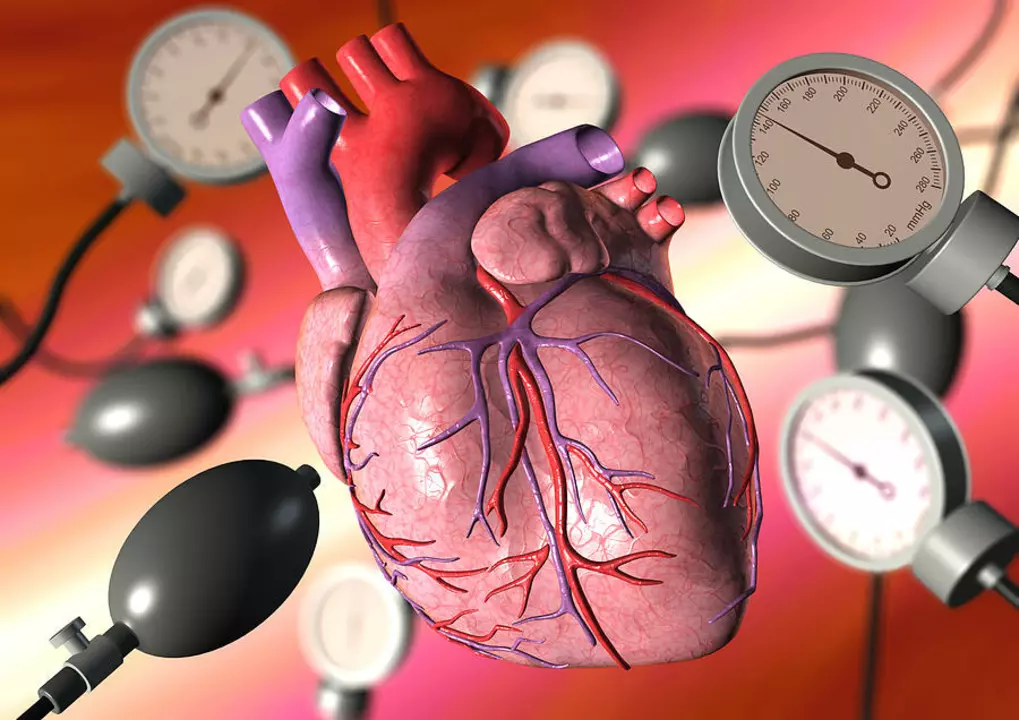Hypertension — Practical Steps to Lower Your Blood Pressure
High blood pressure often gives no warning signs but raises your chance of heart attack, stroke, and kidney problems. You can control it with a few clear actions: measure regularly, change habits that raise pressure, and work with your doctor on the right medicine. This page gives simple, useful steps you can start today.
First, know your numbers. Normal blood pressure is under 120/80 mm Hg. Readings consistently at or above 130/80 usually need attention. Use a validated home monitor, take readings twice a day for a week, and share results with your clinician. A single high reading doesn’t mean you have hypertension — trends matter.
Practical lifestyle changes that work
Small changes add up. Cut back on salt: aim for less than 2,000 mg of sodium per day by avoiding processed foods and not oversalting home-cooked meals. Try the DASH-style eating pattern — more vegetables, fruit, whole grains, lean protein, and low-fat dairy. If you drink alcohol, limit it: two drinks a day for men, one for women.
Move more. Brisk walking 30 minutes most days lowers blood pressure and helps weight control. Losing even 5% of your body weight can bring noticeable drops in readings. Stress management matters too — short daily habits like deep breathing, a 10-minute walk, or a quick stretch break reduce spikes.
Sleep and breathing count. If you snore loudly or feel very sleepy during the day, ask about sleep apnea — treating it often helps blood pressure. Also quit smoking; tobacco raises your cardiovascular risk even if it doesn't always push the numbers up right away.
Medications and safety pointers
If lifestyle changes aren’t enough, medicines make a big difference. Common drug classes include ACE inhibitors and ARBs (kidney and heart-protective for many), thiazide diuretics, calcium channel blockers, and beta-blockers. Your doctor will pick one based on your overall health, age, and other conditions.
Watch for side effects and interactions. NSAID pain relievers (like ibuprofen) can reduce blood pressure medicines’ effectiveness. Some drugs affect potassium or kidney function — labs are often needed after starting or changing meds. Never stop a prescribed blood pressure medicine suddenly; talk to your clinician first.
Keep a simple routine: take pills at the same time, use a pill box, and set a phone reminder. Bring a printed list of all your meds and OTC products to appointments. If you notice new symptoms like swelling, cough, dizziness, or a rash after a new drug, call your clinician — some issues need quick action.
Want more detail? We have articles on common drug interactions, specific drug side effects like losartan-related rashes, and options if you’re looking for alternatives to diuretics or other meds. Track your numbers, make one lifestyle change this week, and check our posts for targeted help.

The Science Behind Losartan: Understanding How It Lowers Blood Pressure
In my recent blog post, I delved into the science behind Losartan, a medication commonly prescribed to lower high blood pressure. I discovered that it works by blocking the action of a hormone called angiotensin II, which is responsible for narrowing blood vessels. By doing so, Losartan helps to relax and widen blood vessels, allowing blood to flow more smoothly and blood pressure to decrease. Additionally, I learned that this drug is often preferred due to its lower risk of side effects compared to other blood pressure medications. It was fascinating to understand the workings of this life-saving medicine and how it helps millions of people manage their blood pressure.
